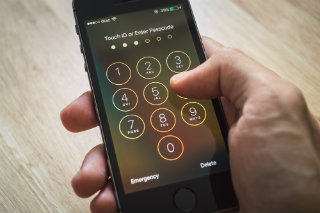
“Dahir Adan’s iPhone is locked,” Special Agent Rich Thornton said at the press conference. “We are in the process of assessing our legal and technical options to gain access to this device and the data it may contain.” In the case of the phone that was recovered from Farook after the shooting in San Bernardino, it was secured with a lock screen code, and Apple rejected the FBI’s attempts to get them to help, both informally and via the court system. What the FBI wanted to do was a computer “brute force” its way in with software that tries different passwords. The iPhone’s security features, which can erase the phone after a specified number of unsuccessful attempts, prevented them from doing so.
The FBI wanted Apple to write custom software to load onto the phone, but Apple refused, fearing the damage it could do if it got into the wrong hands. The media war between the two sides was heated and confusing enough that it led to Apple CEO Tim Cook releasing an open letter about privacy to customers, explaining the situation in detail as plainly as he could. In the end, it didn’t matter, as the FBI found an outside company willing and able to break in…for a price. It’s not known how many iPhones would be vulnerable to the flaw that let the FBI in, as it hasn’t been disclosed to Apple or outside security experts.
[Photo: Shutterstock]